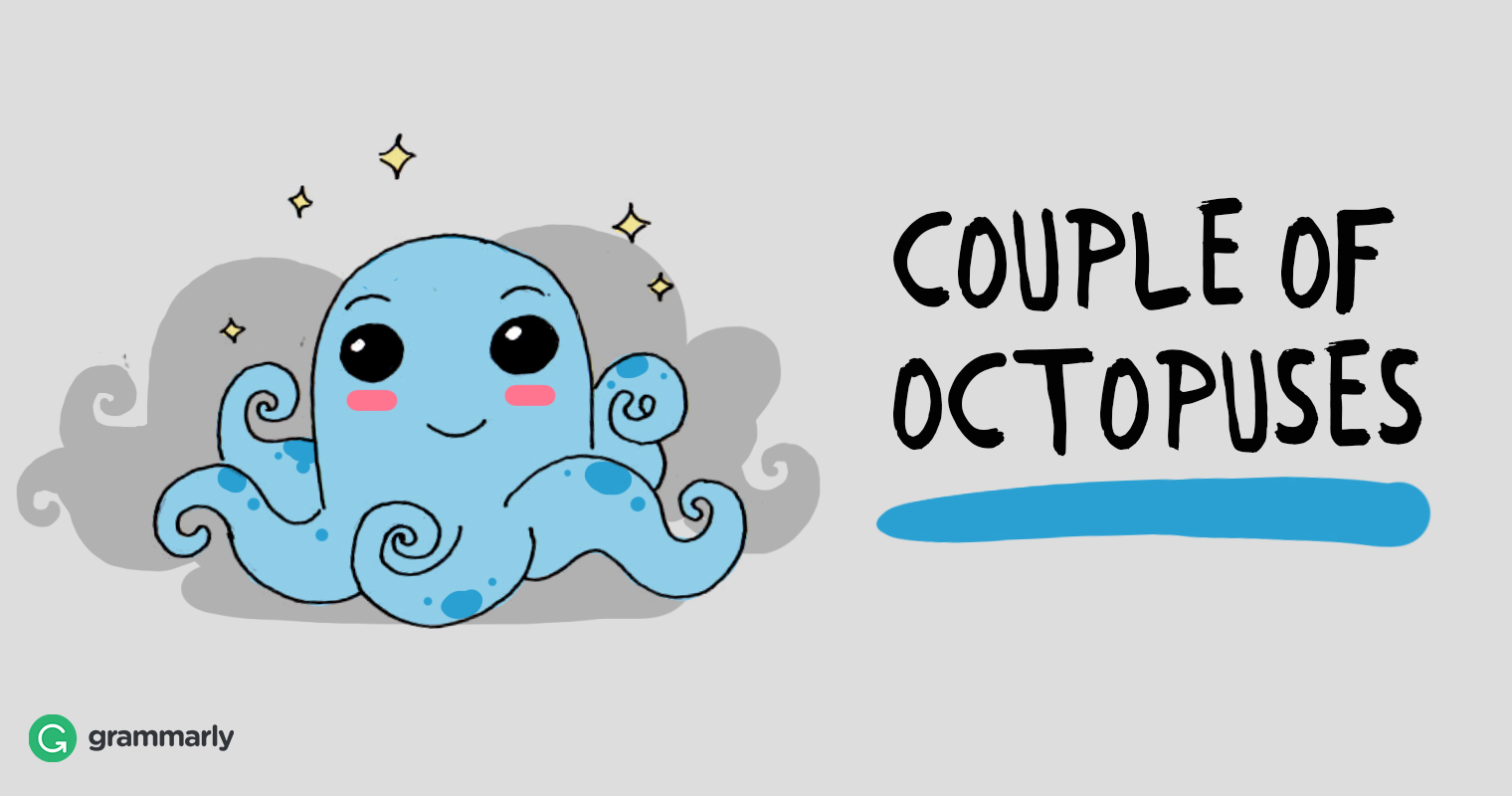
In the wild, they travel across the ocean floor picking up shiny objects, and then arranging them into a collection called an “octopus garden”. It has been observed in captivity that octopuses like shiny objects. Octopus marginatus hiding between two shells from East Timor. How do they get through the hard shell? They can break it apart using their strong beaks, or drill a hole into the shell and then slurp the soft parts inside.Ĩ. The typical diet of an octopus consists of crabs, prawns and mollusks. Veined Octopus – Amphioctopus marginatus eating a Crab. This is also why a detached octopus arm can still react to pain.ħ. In this way, an octopus can perform several tasks at the same time. In fact, about two-thirds of an octopus’ brain cells, or neurons, are distributed among its arms. Oh, and by the way, the brain of an octopus doesn’t do all the thinking for it. In captivity, they have shown the ability to solve problems such as opening a bottle to get the food inside. In the wild, octopuses can use tools in order to open shellfish or to hide themselves. In spite of this, though, the octopus is considered one of the most intelligent animals in the world. An octopus’ brain is as large as a bird’s. It’s almost as if they have a switch inside them which turns off as soon as their eggs hatch, causing them to die one cell at a time at a rapid pace.Ħ. Females, on the other hand, die after their eggs hatch. After mating, males wander off and die quietly. Sadly, an octopus can only live from 1 to 5 years. Some scientists believe that an octopus’ short lifespan is its only flaw. This is because their blood is not iron-based like ours, but copper-based, the copper being more efficient in transporting oxygen in a cold, low-oxygen environment.ĥ. The large heart then pumps this refreshed blood to the rest of the octopus’ body. The two smaller ones are close to the gills and enrich the blood with oxygen before transferring it to the large heart. It has one large heart and two smaller ones. The Atlantic pygmy octopus, in contrast, weighs only an ounce (28 grams) and has arms about 3 inches (8 centimeters) long, and scientists say it’s not even the smallest octopus out there. It is so big, in fact, that it can eat sharks, being able to break a shark’s spine with its powerful arms. On average, however, they’re around 16 feet (5 meters) long and weigh about 110 pounds (50 kilograms), making it larger than any other octopus. The largest giant Pacific octopus ever recorded reached up to 30 feet (9 meters) across and weighed 600 pounds (272 kilograms). The giant Pacific octopus is the largest octopus in the world. After all, you wouldn’t say hippopotami as the plural for hippopotamus, would you?Ģ.

“Octopodes” is also accepted as a plural. This is because it comes from the Greek word oktōpous - and so it should be expressed in plural form as a Greek word, as well, with an -es added at the end. Do you want to know more about this amazing animal? Here are fifteen interesting facts about the octopus.Īccording to the Oxford Dictionary, the most correct and most widely accepted plural form of “octopus” is “octopuses”. It is related to the squid and the cuttlefish, and has roughly 300 known species found all over the world. 15 Interesting Facts about the Octopus Polbo / Octopus by Feans cc2.0Īn octopus is a sea creature with eight arms, hence its name, because in Greek, okto means eight.


 0 kommentar(er)
0 kommentar(er)
